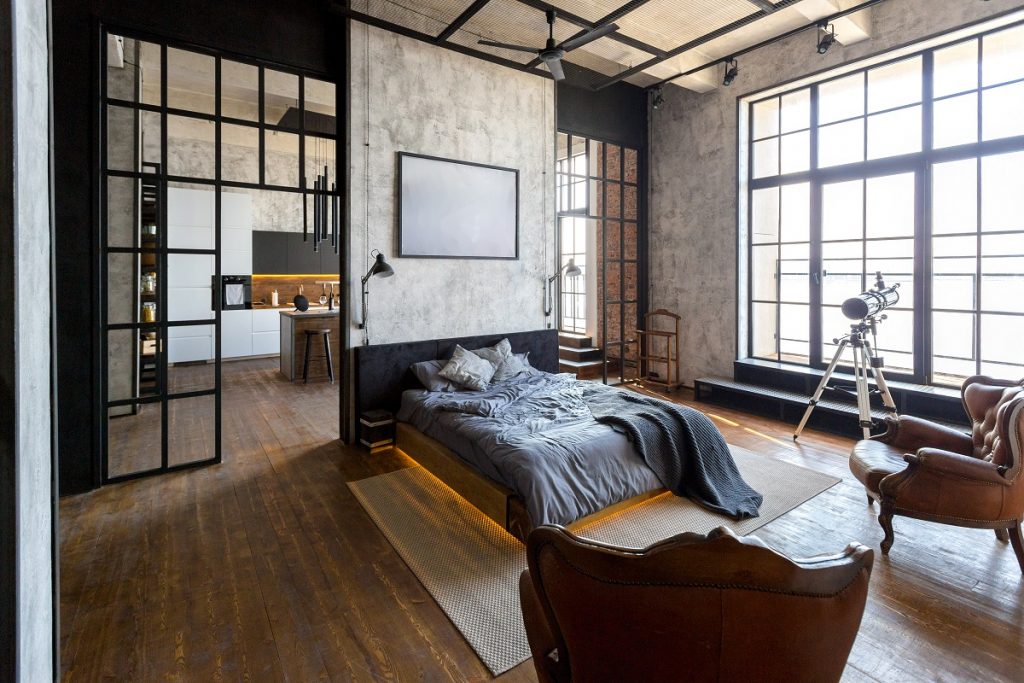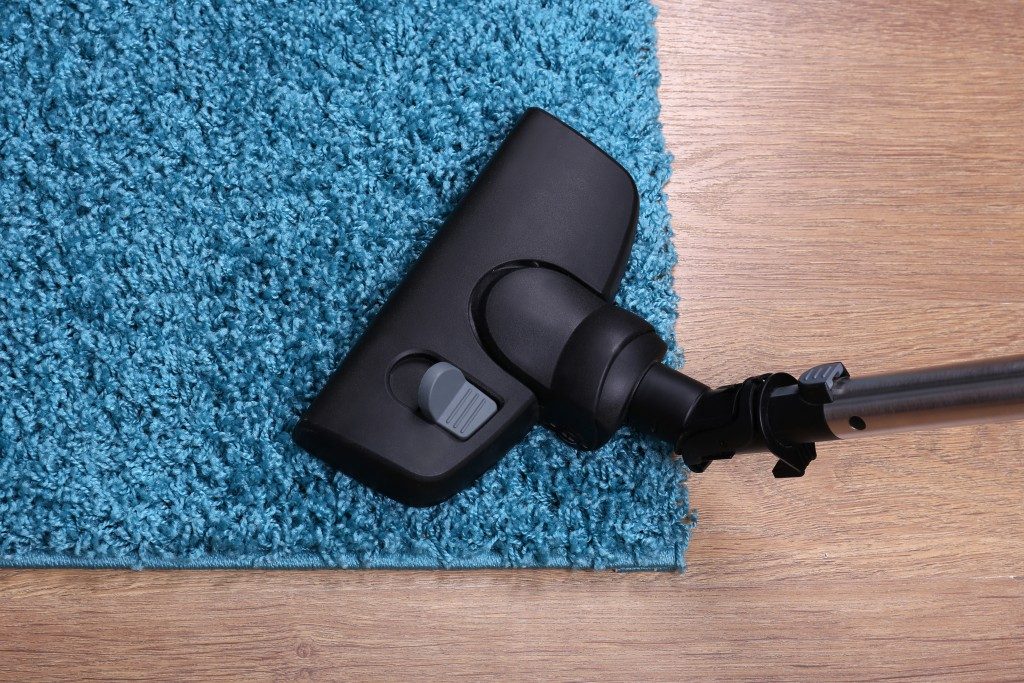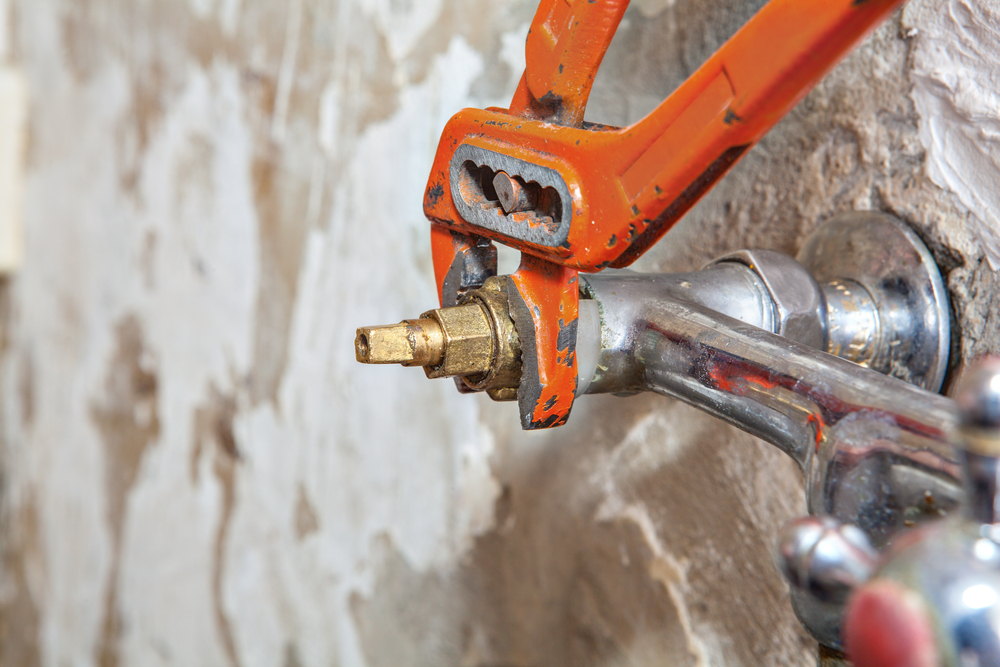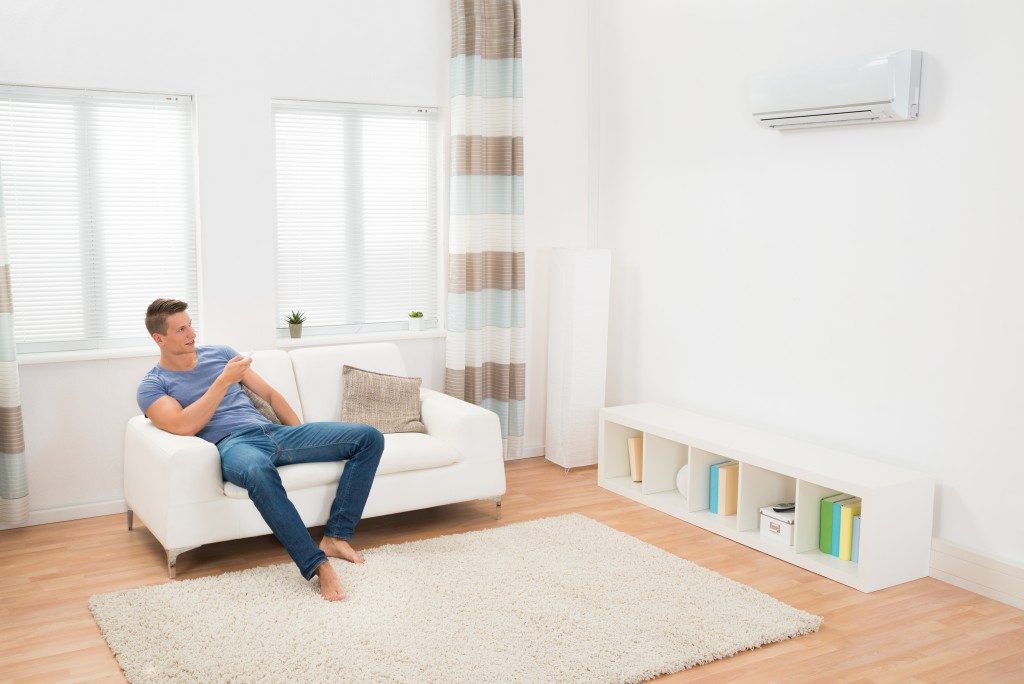In recent years, millions of Britons have reported suffering from various forms of “home fever”. This includes a list of symptoms commonly traced to the presence of allergens inside the home. Pollen, mould spores, and dust mites are a few of these particles which may be present in your home and causing individuals to exhibit allergic reactions.
Persistent sneezing or coughing, a congested or runny nose, watery or itchy eyes are unpleasant enough – but anybody in your home with a chronic condition such as asthma could begin to experience worsening attacks. Start controlling your exposure to allergens in the house with the following steps.
Use the right cleaning technique
If people in the house are exhibiting allergic reactions or getting sick, then it’s essential to step up your cleaning routine – but do so in an effective way. Dusting and vacuum cleaning once or twice a week will help, but in the process, you’ll stir up particles in the air, so wear a mask.
Using a damp mop or cloth, or wet-vacuum cleaning technique will also help you clean floors and fabric surfaces without stirring up dust. For carpets, which are a common accretion site of allergens in UK homes, you could try steam cleaning as this kills dust mites. However, you might risk damage to the carpet in the process; engage professional carpet cleaning services to be on the safe side.
Filter and dehumidify
Be deliberate about controlling the airflow and quality in your home. While it’s great to throw open your windows and let some fresh air in, this isn’t ideal in certain seasons when there may be high levels of pollen in the air. During these times, you may want to rely on air conditioning to bring in fresh air through a filter that will catch most particles.
High humidity levels inside the home can also be favourable to specific allergens, such as mould and dust mites. Keep the indoor environment dry with exhaust fans in areas with high moisture – the kitchen and bathroom are two such locations. Using a dehumidifier can also prove effective.
Consider some changes
Upholstered, fabric-covered furniture and large fabric surfaces such as wall hangings all effectively gather allergens. You may want to put them away or replace them with alternative surfaces such as wood or vinyl, which accumulate less dirt and are easier to clean.
Allergen-proof covers can be effective in conjunction with the other methods to limit the overall presence of allergens in your home. Use them on areas of fabric you can’t do away with, such as mattresses, cushions, and pillows.
Focus on the bedroom

On average, adults may spend a third of their time in the bedroom, and this can go up to 50% in the case of children. Children and young adults are also at higher risk of developing allergies, so focusing on the bedroom can have an immediate impact and benefit your health.
Frequent washing of beddings should be done – every couple of weeks is fine, at high temperatures of about 54.5°C. Keep away wool blankets, down quilts, and other dust-collecting items especially stuffed toys lying around in your child’s bedroom.
These measures may not be enough to bring about relief for any existing allergic reactions – you should still consult a doctor for the best treatment. But they will help prevent future occurrences and improve your home’s indoor air quality in the long term.




